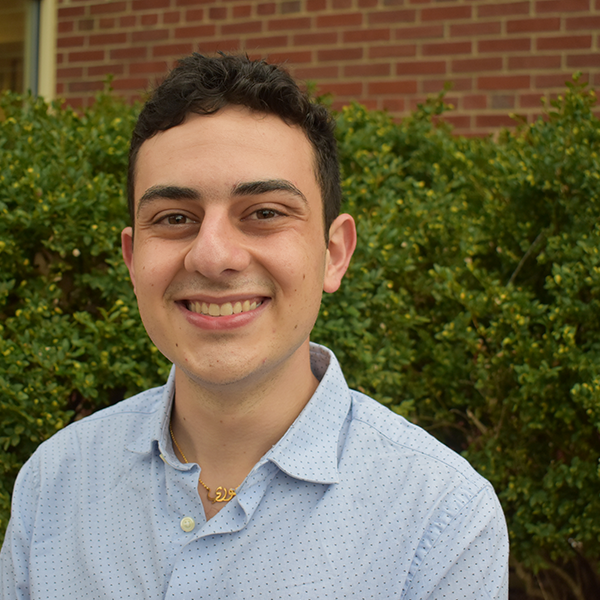
Double, Double Toil and Trouble: Using Fruit Flies to Understand Intellectual Disability

Name: Marcel El Kouri
Major: Neurobiology
Advisors: Dr. Seth Kelly, Dr. Laura Sirot, Dr. Erzsébet Regan (second reader)
Intellectual disability (ID) impacts millions of individuals worldwide, and is often caused by single gene mutations that disrupt typical brain development. Scientists have gained stronger understandings of the molecular activities of these mutations by researching neurodevelopment of the common fruit fly. These small creatures may look very different than us, but actually share numerous biological pathways to humans, especially regarding axon development. This video presentation focuses on human ZC3H14, a gene that when mutated often leads to ID, and the fruit fly version of that gene, dNab2. Previous work suggests mutations to dNab2 result in axon overextension, but little is known about another gene dNab2 possibly regulates, dArc1. Does dArc1 also play a role in axon maintenance? Or could dNab2 and dArc1 cooperatively regulate axons? This study established three mutant fly lines – dNab2, dArc1, and double mutants – and examined the developing larval brains from each group. dNab2 mutants displayed overextension as expected, and both dArc1 and double mutants displayed a visible separation between certain axons. These results support previous evidence that dNab2 is needed for axon guidance during development, suggests dArc1 does not directly impact axons, and hints at a possible interaction between dNab2 and dArc1. While ID and development are complex topics, my hope is that anyone can watch this presentation and gain a greater appreciation for one of the most widely used tools in neuroscience…flies!
Marcel will be online to field comments on April 16:
2-4pm EDT (PST: 11am-1pm, Africa/Europe: evening)
Posted in I.S. Symposium 2021, Independent Study on April 10, 2021.
Related Posts
Related Areas of Study
Neuroscience
Psychology, chemistry, philosophy, computer science, and other disciplines combine in the study of the nervous system
Major

